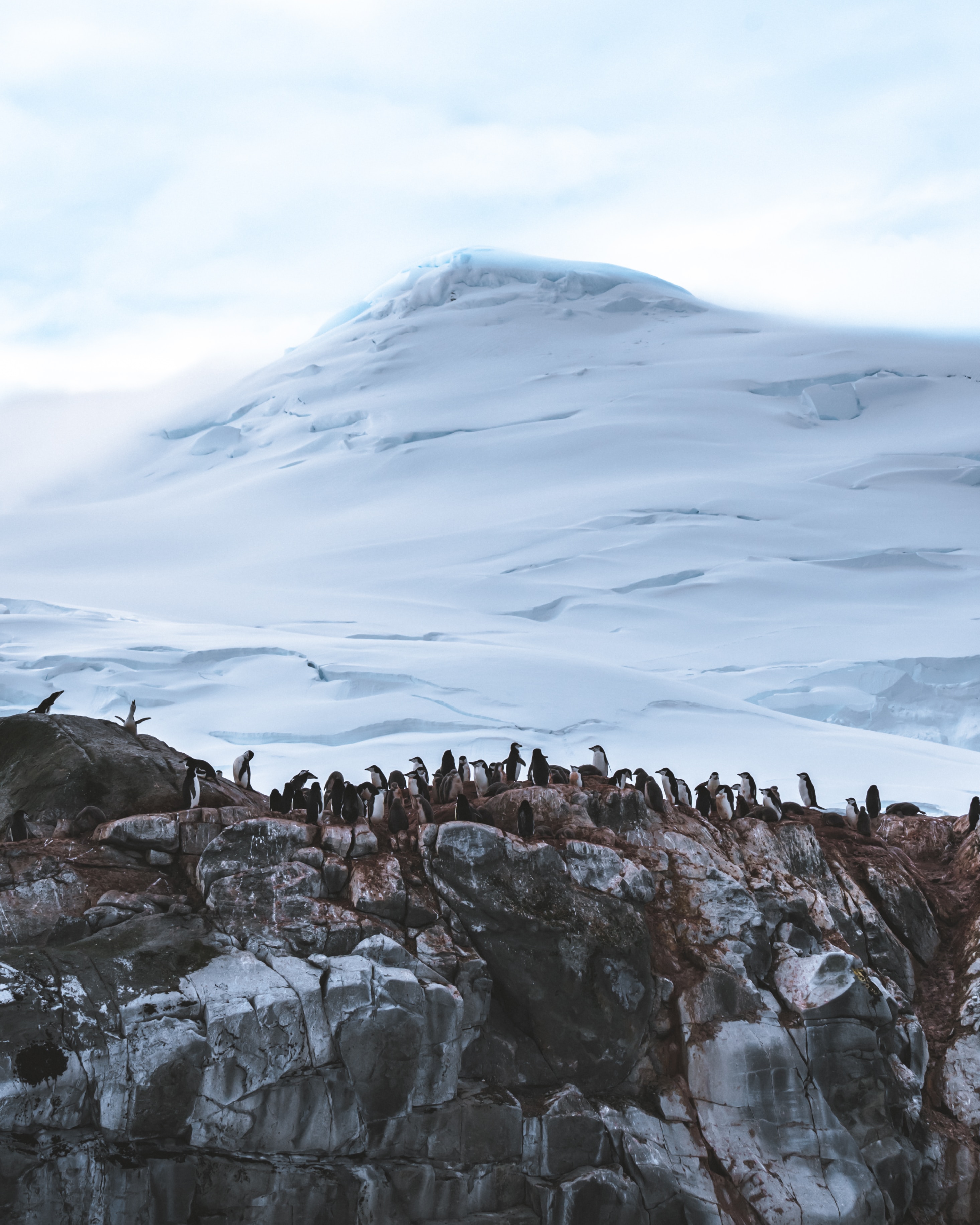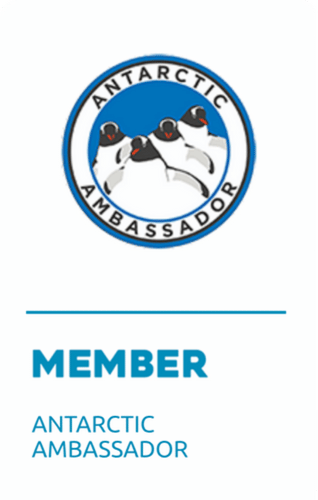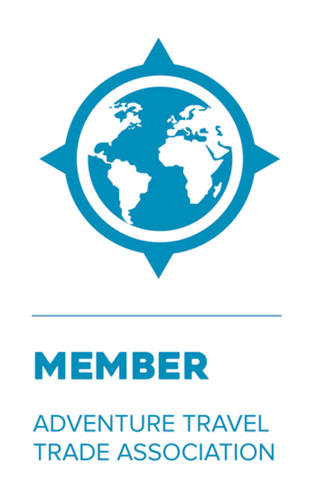 The introduction of non-native species is a priority conservation concern among Antarctic Treaty countries, and one we share at ALE. Non-native species are one of several major threats to biodiversity – globally and in the Antarctic. They have already profoundly transformed the biodiversity of many sub-Antarctic islands and are increasing on the Antarctic continent itself.
The introduction of non-native species is a priority conservation concern among Antarctic Treaty countries, and one we share at ALE. Non-native species are one of several major threats to biodiversity – globally and in the Antarctic. They have already profoundly transformed the biodiversity of many sub-Antarctic islands and are increasing on the Antarctic continent itself.
A less obvious problem is transfer of species between different parts of Antarctica. Some 21 different environmental domains have been recognized in Antarctica, based on differences in ice cover, geology, weather conditions, etc. Some of these have very different biology – from mosses and lichens to petrels and penguins. There is as much concern about species being moved around Antarctica as bringing non-native ones in.
Preventing introduction in the first place is the best way to reduce the risks posed by non-native species: If the species are not introduced they cannot go on to colonize an area and have an impact. ALE takes biosecurity seriously, making every effort to prevent the introduction on non-native species.
Don’t Pack a Pest!
Be vigilant when preparing for your visit. The gear most likely to be contaminated is footwear, backpacks and camera cases. Make sure that you thoroughly clean your gear before leaving home AND before boarding the aircraft to Antarctica. We review biosecurity procedures as part of your clothing and equipment check in Punta Arenas, Chile, and visually inspect clothing and equipment to ensure it is clean.
- Follow ALE Biosecurity and Equipment Cleaning Guidelines
- Refer to IAATO’s brochure, Don’t Pack a Pest
- For detailed instructions watch this video on equipment cleaning
Stores and Aircraft Loading Procedures
Food, cargo, crates, store rooms, shipping containers, vehicles, and aircraft can all harbor non-native species. ALE follows best practices for vehicle cleaning, food importation into Chile, aircraft disinfection, and cargo handling, as outlined in:
- Committee for Environmental Protection’s (CEP) Non-native Species Manual and
- COMNAP-SCAR Non-native Species Checklists Poster, which:
- Suggests actions that can readily be taken to reduce the transfer of non-native species
- Explains why the action is recommended
- Ranks each action’s importance in terms of risk reduction
Biosecurity Research and Results
Recent work has identified the key pathways by which non-native species are introduced. Preliminary Results from the Aliens In Antarctica Program summarizes the research.
Scientists and COMNAP members participated in a Non-Native Species Workshop at ATCM34. The CEP Non-native Species Manual provides guidelines and resources to help operators like ALE raise awareness and implement preventative measures.
Take it New or Take it Clean – Watch to Learn More
Aliens In Antarctica – Equipment Cleaning from Antarctic Logistics & Expedition on Vimeo.





